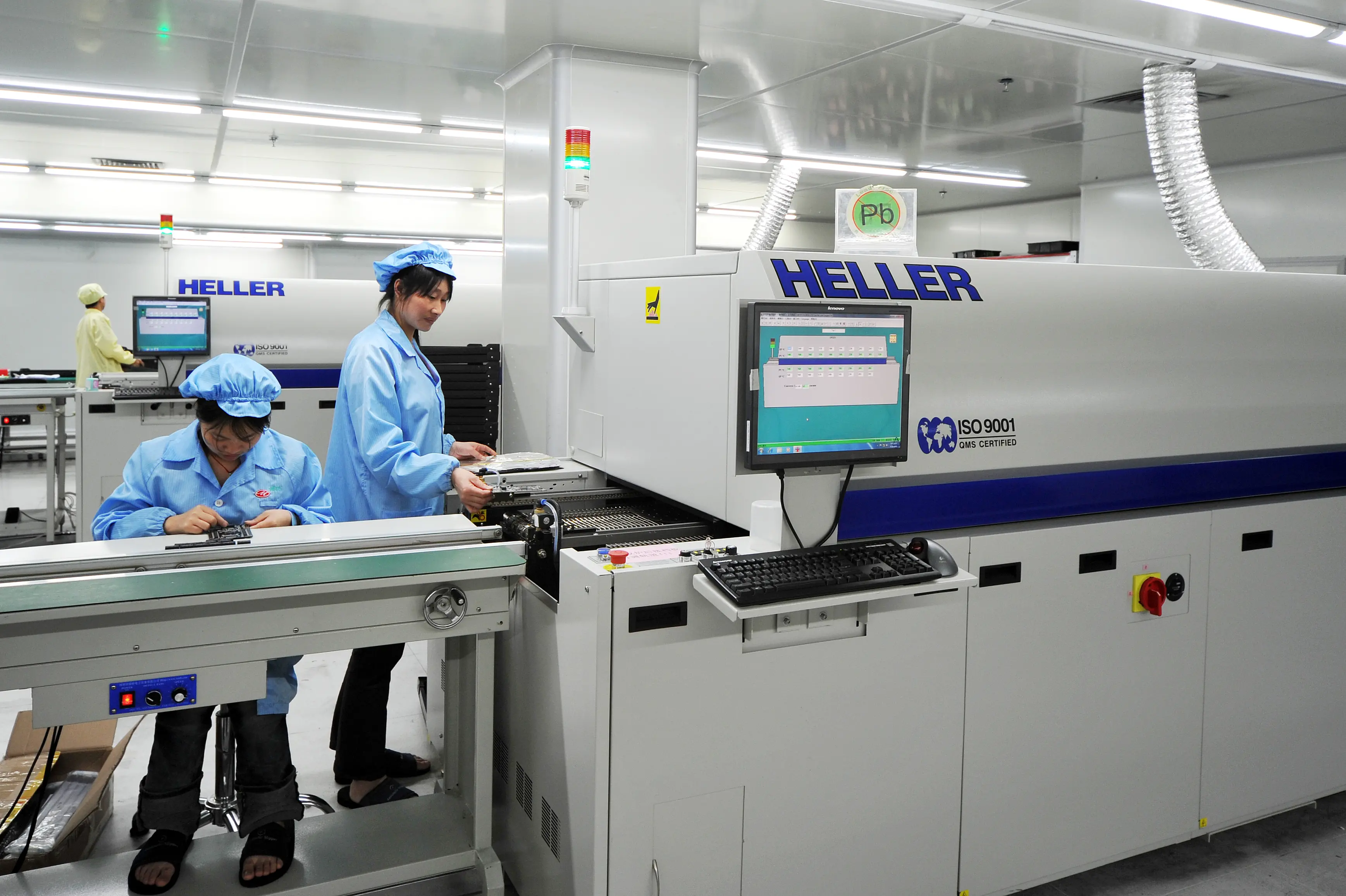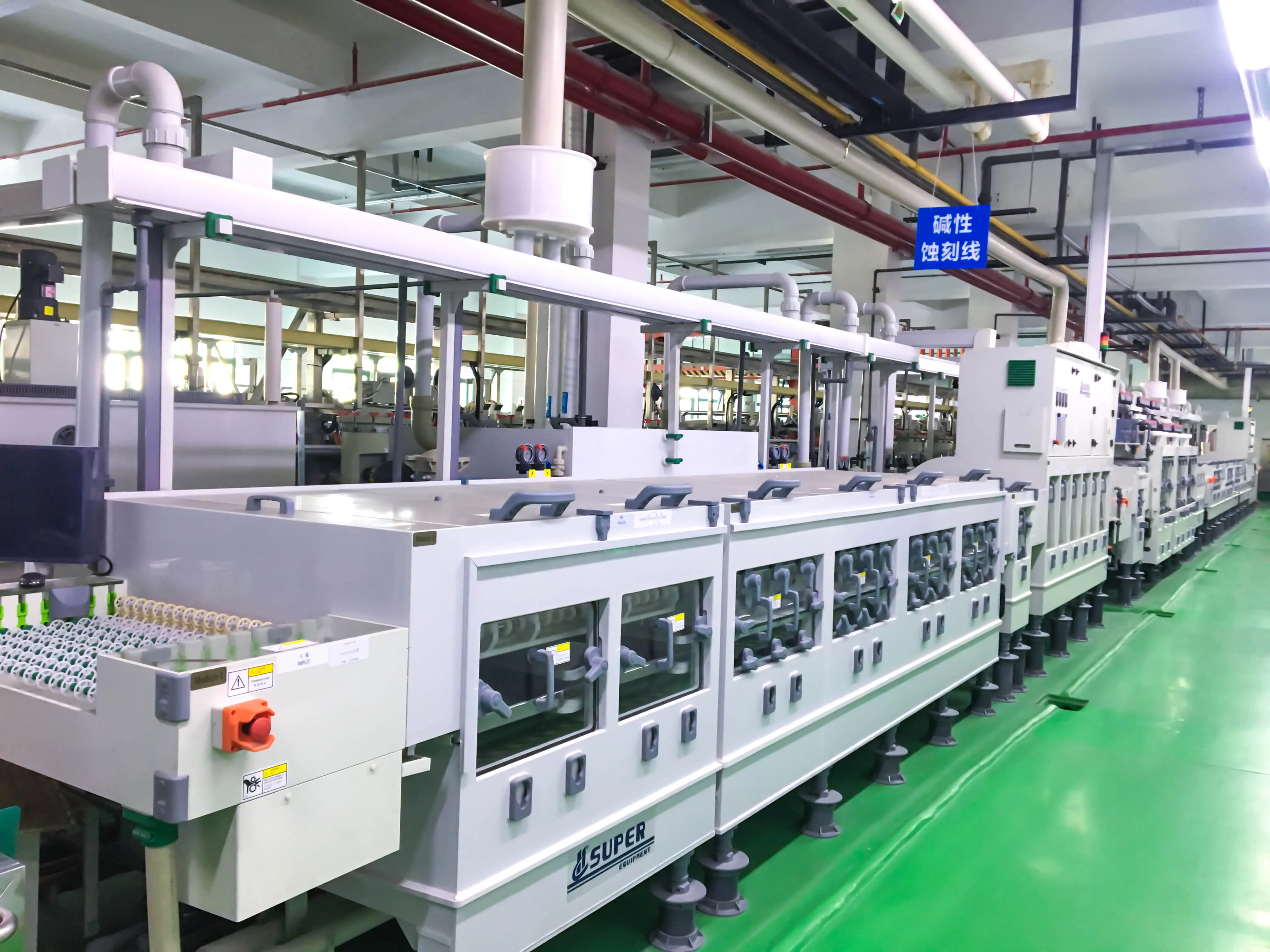Table of Contents.
ToggleEvolution of PCB Suppliers
Did you know that Printed Circuit board suppliers have been around since the 1930s? It is fascinating how electronic technology has grown and integrated into all aspects of modern life. From mobile technology to integrated IoT (Internet of Things), modern electronic gadgets have revolutionized how we do things and significantly improved our quality of life.
That said, it is critical to have an overview of the history of PCB technology and how it has evolved over the years.
As mentioned earlier, the PCBs used in many electronic gadgets today owe their origins to designs by Australian inventor Paul Eisler. This inventor came up with the prototype PCB unit in 1936 and is considered one of the pioneer PCB suppliers.
The industry has grown since then, with many companies globally using variations of this design to make better and more durable components.
Printed Circuit Board factories have been in operation since the back end of the 20th century. Circuit board fabrication has become a competitive industry since then, with advances in electronic manufacturing making it one of the most sought-after emerging technologies today. To establish yourself as a top PCB supplier, you need to develop a versatile product, high quality, and meet specific consumer needs.

Printed Circuit Boards Today
Overview
Previous versions of chemical PCBs were popular during the 1970s, however, these units have been replaced by modern printed wire boards that are compact, easier to integrate, and more durable. These modern units are a constant feature in many electronic designs, and top PCB suppliers have integrated these new designs for better efficiency.
Printed circuit boards today form the foundation of electronic technology at every level. These modern units have made circuit board assembly cheaper and simpler without a proportional decrease in inefficiency. Constructed using insulated material modern PCB components are safe and reliable, providing a direct pathway to device motherboards for improved performance.
Function
The primary function of a Printed Circuit Board is to allow the assembly of data circuits to make functional hardware. Essentially, a PCB provides a pathway that transfers signal traces that provide the mechanical and electrical support needed for devices to function effectively. PCBs have applications in several industries, such as computers, mobile devices, digital clocks, televisions, and stereos. They also have applications in complex fields, such as medicine and astrology.
PCBs integrate into all aspects of modern life and are why the devices we use can function optimally.
Challenge for PCB suppliers
The integration of PCB technology in communication, automotive and peripheral industries has led to a significant increase in demand for this commodity. This global demand has put PCB factories at the forefront of this technology. Increased demand has led to increased competition in the PCB market. It is critical to note that the PCB market has an estimated worth of $70 billion – up from $63 in 2017. These figures show that PCB is a rapidly expanding and highly competitive industry. So how does this translate to PCB suppliers?
This growing demand means that there is vicious competition for quality PCB fabrication. PCB factories will need to constantly produce high-quality products to establish and maintain a competitive market edge. Here are some examples of why PCB factories will be a critical part of the future of circuit board fabrication.
- Rapid growth of innovation and increased demand in wireless devices requires new technology constantly.
- Industry automation in many fields means PCB suppliers need to devise new ways to improve operative efficiency in circuit board design.
- Modern devices are becoming smaller and smaller, and hence PCB factories have to make their units more compact and portable without reducing quality.
- Modern devices are also becoming more complex, so PCB manufacturers will need to constantly produce better and more effective interconnection solutions.
The growth in demand for wireless devices and new technologies is quite challenging for PCB manufacturers. Only companies that quickly adapt to this new system will take advantage of this demand.
Top PCB Supplier to Lookout For in 2022
LHD Technology
LHD is a Chinese PCB supplier and manufacturer with a portfolio that spans over 20 years. This company has built and established a reputation for top-class PCBA projects. All LHD products are ISO certified and of top quality. This practice has maintained LHD among the top-tier suppliers in PCB manufacturing.
LHD Technology is a primary tech hub in manufacturing and assembly circles. It is a trendsetter mainly because of its heavy investment in innovation and new technology. This innovation has been a tremendous contributor to improved operational capacity and, most importantly, an unmatched supply chain.
LHD has generated millions of units and made hundreds of partnerships worldwide. From component sourcing to the final PCB assembly, LHD has delivered unmatched quality in all its products and has become an industry leader in innovation and quality end-product. LHD is also known for consistent quality operations, excellent customer service, and a quick turnaround time. This PCB factory ranks among the top brands, not just in China, but worldwide. LHD is rapidly growing into a global powerhouse in the PCB industry and is one to look out for in the future.
Aside from top quality, LHD also offers affordable pricing to its customers with no proportional decrease in utility value. It also has a wide product range that includes the best PCB technology, including rigid, flex-rigid, and assembly components, all with cutting-edge capabilities. LHD is a global player and one of the few companies that have established a competitive market edge in 2022.

The Future of Printed Circuit Boards
PCBs today are small, compact, multilayered, and more efficient. They are hubs of sophisticated designs that can be integrated into multiple electronic devices. As mentioned earlier, the growing reliance on wireless technology and automation is pressuring PCB manufacturers to adapt to these new technologies. Gadget consumers are now pushing for faster devices that are smaller but still offer high-level functionality.
PCB complexity will increase in the future, a fact that will prove a challenge to companies incapable of rapidly adapting to these new systems. The verdict here is that PCBs will have more high-speed capabilities and flexibility. The companies able to produce these units will have a competitive edge when that time comes.
Final Thoughts
There are dozens of PCB factories worldwide competing to dominate the market. It will take consistent innovation to stay at the top. Printed circuit board manufacturing is a developing industry that requires adaptability at every level.









